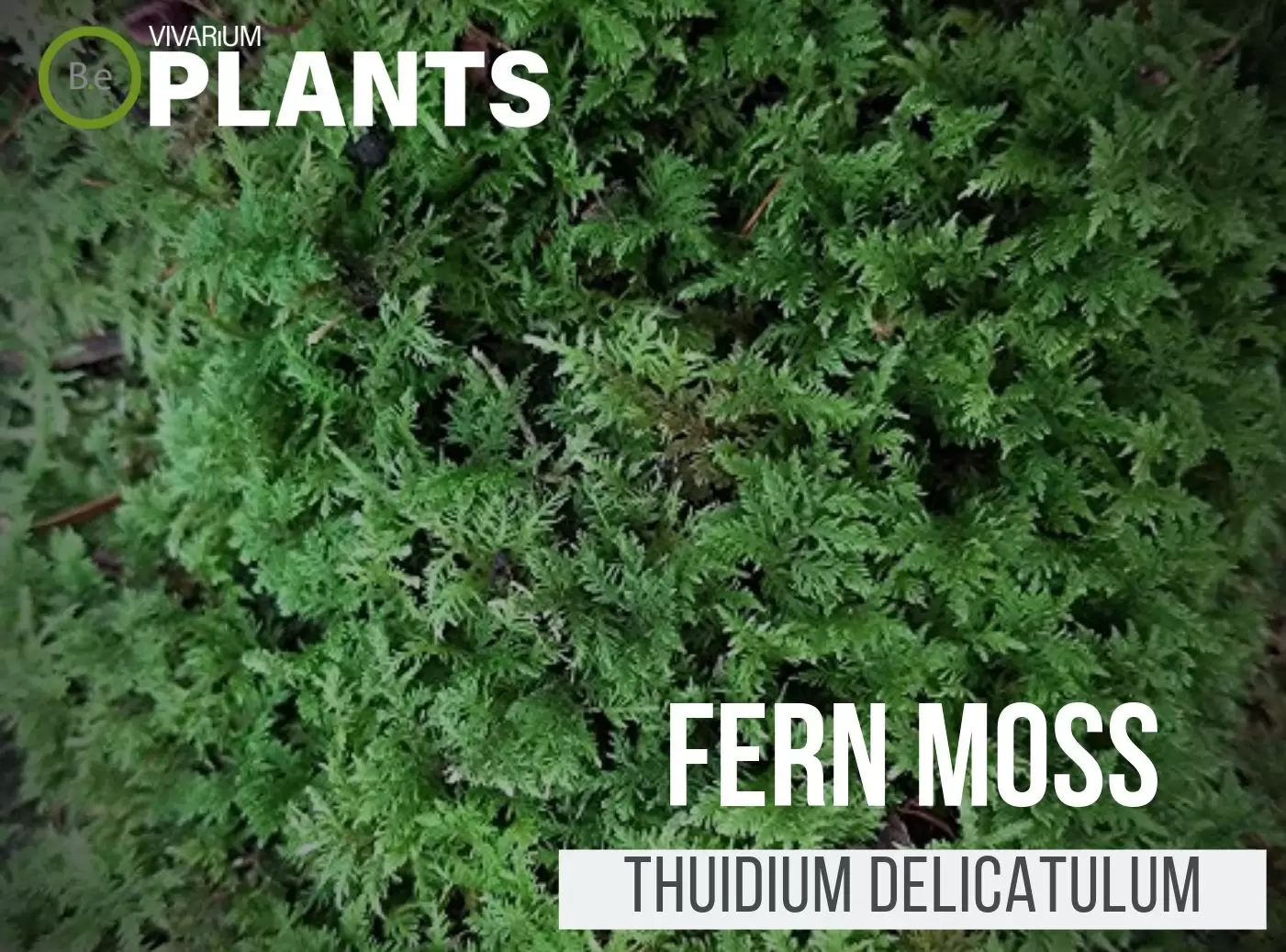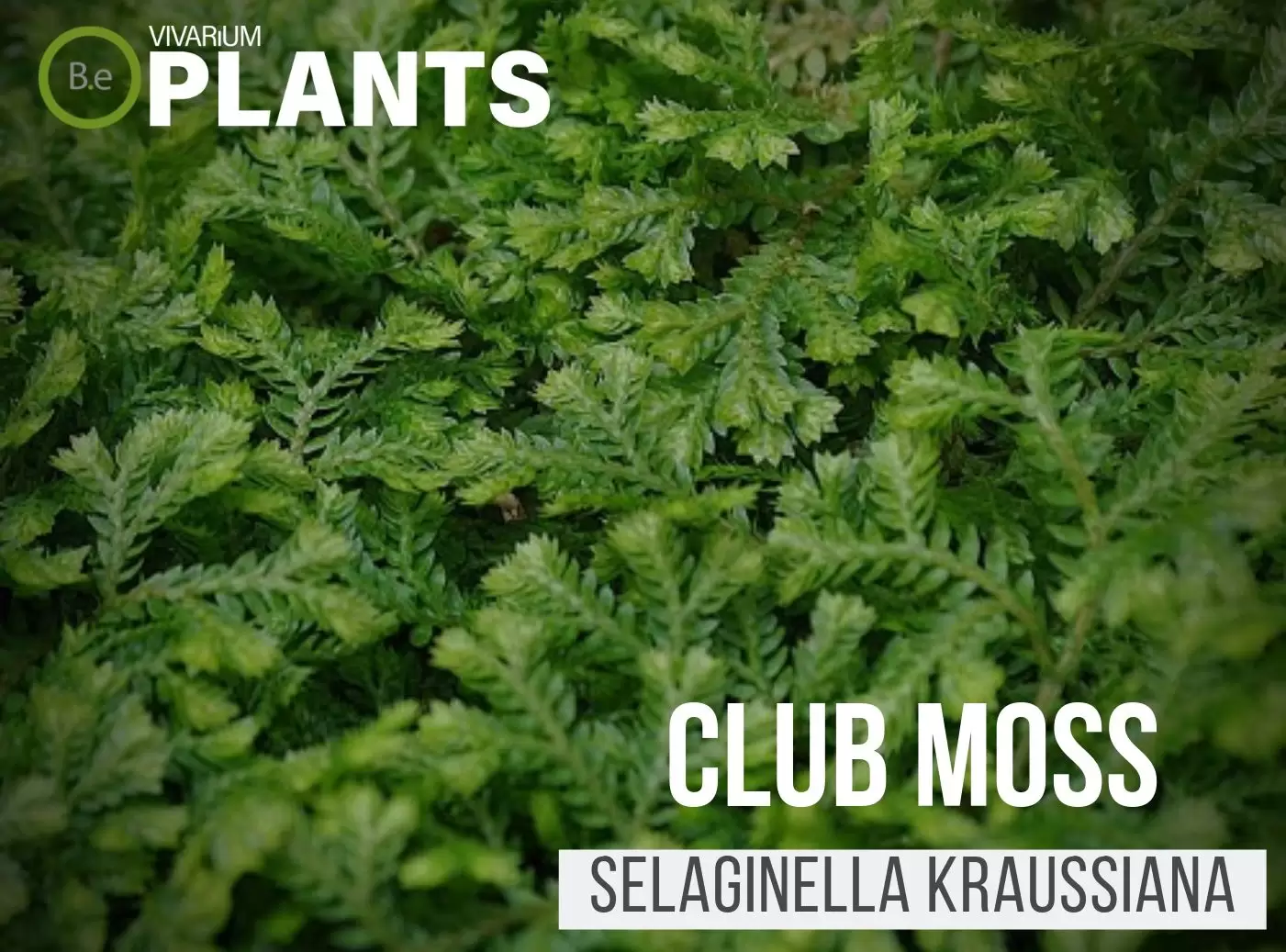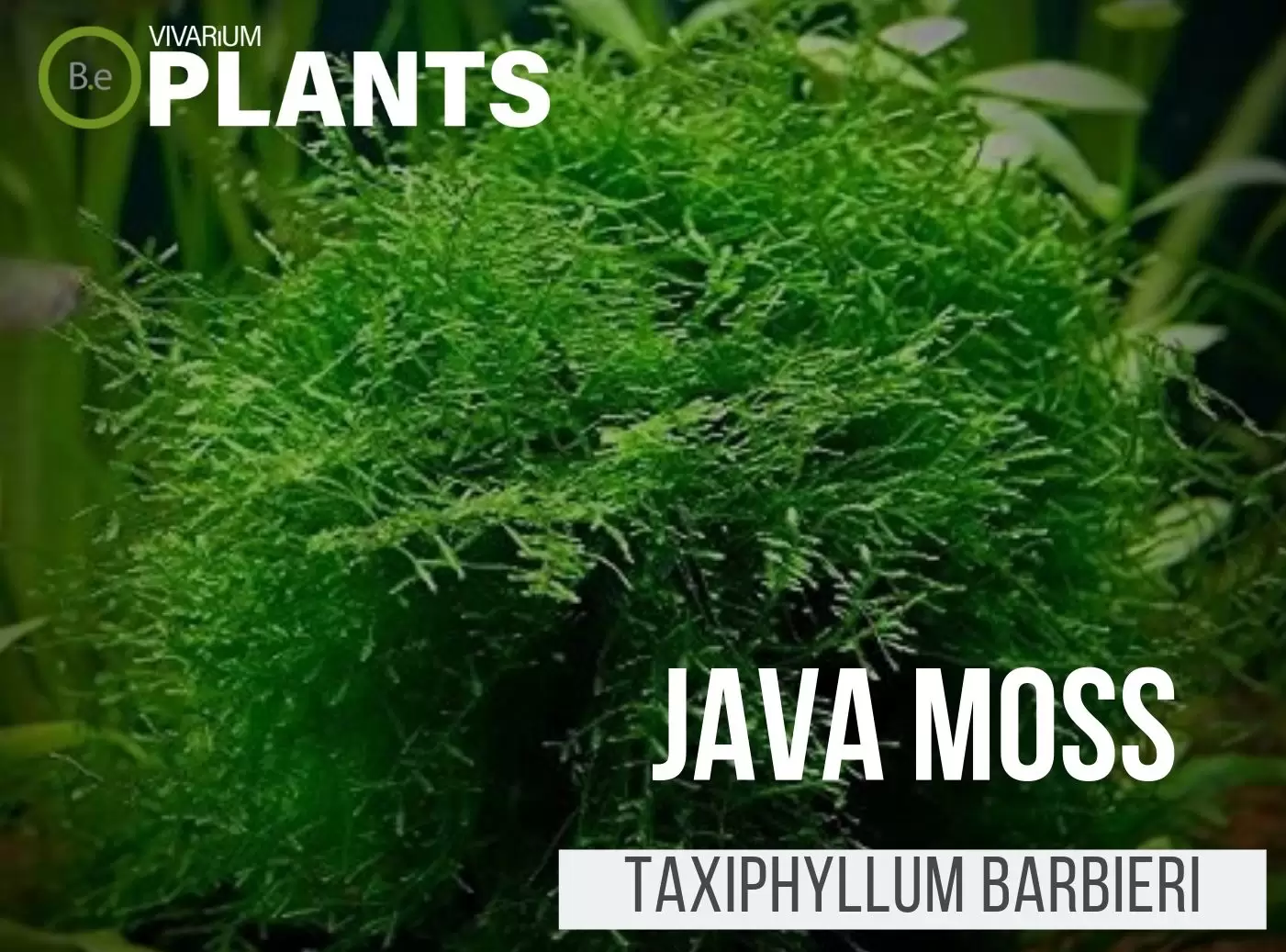Taiwan moss is not quite as well-known as other mosses. However, it is an excellent aquarium plant for both expert and beginner aquarists.
This type of hypnaceae has a striking similarity to Java moss as well as Weeping moss.
In fact, most people describe it as the mini version of weeping moss. Not only does Taiwan moss share physical similarities with these other mosses, but maintenance and cultivation are also very alike.
| Quick Stats: | |
|---|---|
| Scientific Name | Taxiphyllum alternans |
| Common Name | Taiwan Moss |
| Family Name | Hypnaceae |
| Habitat | Freshwater |
| Temperature | 53°F to 86°F |
| Height | 2 inches |
| pH | 5.0 to 8.0 |
| Lighting | Medium |
What Is Taiwan Moss?
Taxiphyllum alternans is a species of moss that grows in a creeping fashion. This means that the plant grows horizontally rather than vertically.
Usually known by the name of Taiwan moss, this bryophyte is the perfect carpeting moss for aquascaping.
Unlike many other mosses, this plant is capable of living in tropical waters, as well as colder climates.
Taiwan moss’ bushy growth makes it a perfect hiding spot for fry and small shrimp.


Taiwan Moss Facts
There is still a lot that is not fully known about Taxiphyllum alternans.
Due to it being a fairly new plant in the field, it has not yet received many common names.
Although it is known as an aquatic plant, Taiwan moss does not need to be fully submerged.
As long as it is able to receive an adequate amount of water, the plant will thrive.
Besides its vivid look and low care needs, Taiwan moss has a number of other benefits to an enclosure.
For instance, it is able to suck up excess nitrates, ammonia, and waste, and helps reduce algae growth.
For these reasons, it will undoubtedly become one of the most popular mosses used by aquarists in the near future.
Description
Taiwan moss is a pleurocarpous plant that generally grows up to 2 inches thick and has a vibrant green color.
The plant very closely resembles the appearance of Java moss and Weeping moss. Taiwan moss has leaf-like, ramified shoots with a triangular and feathery look.
As the leaves begin to grow out from the plant, they will begin to overflow and hang down.
Just like Weeping moss, this type of bryophyte uses a rhizoid rooting system to easily attach itself to surfaces.
Habitat
Taiwan moss is native to regions of Eastern Asia and the Southeast region of North America with temperates of subtropical climates.
Its natural habitat consists of freshwater-type environments like riverbanks, small streams, waterfalls, and lakes.
Taxiphyllum alternans will usually be seen growing on the ground, rocks, rotting wood, and exposed tree roots.
It can even be spotted in areas with rather cold waters. However, this plant tends to grow better in temperatures between 53 and 86 degrees Fahrenheit.
pH Preference
Taxiphyllum alternans prefers softer water anywhere from 0 – 30°dGH.
This moss tends to do better when acclimated on the more acidic side of the pH scale.
However, it can still survive and grow successfully in more neutral levels. The ideal pH levels for Taiwan moss will range between 5.0 to 8.0.
Vivarium Type
This type of moss will do great in a variety of vivarium types.
When deciding what type of setup will be best for this plant, always keep in mind that it is an aquatic plant.
Although it does not need to be completely underwater, Taiwan moss will require aquatic areas for it to thrive.
Here are recommended vivariums that this moss will do well in:
- Paludariums – Half aquatic/ half terrain-based enclosure.
- Ripariums – Mostly aquatic-based enclosures with some terrain features present.
- Aquariums – Fully aquatic-based enclosures with little to no dry terrain.
Vivarium Placement
As stated earlier, Taiwan moss is an aquatic-based plant.
With that in mind, it will not do well or even survive in terrestrial areas of a vivarium.
This moss should be kept either fully or partially submerged in water to ensure its success.
Taxiphyllum alternans can be placed pretty much anywhere in an aquarium but is most commonly used for carpeting along with the background.
Its full and bushy appearance makes it great for hiding unsightly equipment or empty areas.
It can also be used in the foreground of the vivarium attached to rocks, wood pieces, or substrate. It will help provide protection for small creatures like fry or shrimp.
Substrate
Taiwan moss can grow on a number of surfaces due to its unique way of absorbing nutrients and shallow root structure.
In the wild, this plant is typically found attached to rotting pieces of wood or in between the cracks of rocks.
Taxiphyllum alternans can attach themselves to almost all types of aquarium substrates and surfaces.
However, a firm and steady surface will allow the moss to attach itself quicker and easier.
Lighting
Taxiphyllum alternans are not very demanding moss when it comes to lighting.
This plant can survive with low to moderate amounts of light, but might not reach its full potential in poorly lit conditions.
Without bright illumination, the moss will change in color and begin to grow slower in order to survive.
When setting up lighting within the vivarium for this moss, a high level of brightness would be ideal since the plant is indoors.
The tank should not be placed in direct sunlight for long periods of time, or the moss may dry out.
Buy Taiwan Moss
When shopping for possible Taiwan moss, expect a few key indicators you are buying the best quality plant.
The source of moss will usually be sold in small tissue cultures, ready for you to propagate.
The batch should arrive fairly moist and in considerably good shape.
It is common for this moss to arrive with some snails and other types of pests.
However, reputable sources will usually attempt to remove most of those before it gets shipped out.
If you do happen to receive some moss with snails on it, always make sure to clean it thoroughly before placing it in your aquarium.
Click the image below to find out more about the current price and other relative info:


Taiwan Moss Care and Propagation
As mentioned before, Taxiphyllum alternans are pleurocarpous plants that will grow outwards.
If healthy and well cared for the moss will produce spores on its stems.
The spores will then be carried away by water currents or small creatures and begin growing new colonies.
Although Taiwan moss is fairly easy to take care of, it’s important to keep in mind that it will not do well in temperatures too warm.
Anything above 86 degrees Fahrenheit and this bryophyte will struggle to sustain productively.
How to grow
The easiest way to propagate Taxiphyllum alternans will be to take a parent plant and separate it into smaller pieces.
The new sections of moss should be replanted into other preferred areas of the tank for establishment.
Even though Taiwan moss can attach itself naturally to surfaces and substrates, it might take a little while for new pieces to fully take to the environmental replacement.
In order to make sure they remain attached at the beginning, secure the new clippings with cotton thread or super glue.
Use acidic water, moderate lighting, and periodic trimming to encourage the growth of the plant.
Watering
Taxiphyllum alternans are usually grown partially or fully submerged and for that reason, they will not require constant watering.
If the moss is kept in low-pH freshwater, it should do just fine without CO2 or added fertilization.
However, moderate amounts can always be added to give it a nice boost in growth and health.
Keep in mind that steady water flow will also be important when growing Taiwan moss.
This will not only help the propagation phase but also lower the chances of developing algae and provide more nutrients throughout the colony.
Plants Similar To Taiwan Moss
Adding diversity to an enclosure is key to an aesthetically pleasing enclosure.
Try mixing up the look of your vivarium with different flora that can easily co-exist in the same environment.
Furthermore, if for some reason you find this moss hard to acquire or would like to consider something similar to this plant…
Here are some other plants you might find may do well with or in the place of Taxiphyllum alternans:
Conclusion
If you are looking for a low-maintenance plant to add to your tank, Taiwan moss is the way to go.
Although it might not be one of the most commonly used mosses, it has a wide variety of advantages.
Its vivid and lush appearance can help accentuate any aquarium, while also helping disguise undesirable areas or equipment.
This aquatic moss is also great for keeping the water clean and healthy for the rest of its inhabitants.
It will absorb any extra ammonia, nitrate, and waste that might be accumulating in the water.
Frequently Asked Questions
Taiwan Moss (Taxiphyllum alternans) is a species of moss that grows in a creeping fashion. This means that the plant grows horizontally rather than vertically. It grows in clumps and spreads quickly, making it a popular choice for filling in open spaces in aquariums and terrariums. Its low–light and tough nature makes it an ideal choice for beginner aquarists or terrarium enthusiasts.
Yes, Taiwan Moss is easy to grow. It requires low to moderate light and can tolerate hard water and a wide range of temperatures. It‘s very low maintenance and can easily be added to any aquarium or terrarium setup.
Taiwan Moss (Taxiphyllum alternans) requires low to medium light intensity. The best light levels for this plant are areas with bright lights. The growth of the moss may be affected if placed in areas with intense direct sunlight.
No, Taiwan Moss (Taxiphyllum alternans) does not need any added CO2 in order to thrive. However, CO2 is essential in providing the plant with the proper nutrients it requires for growth. An injection of CO2 every few days is recommended for best results.




Comments are closed.